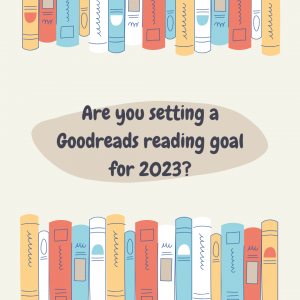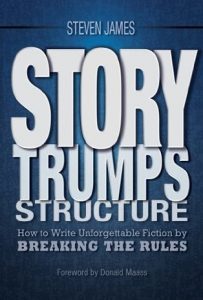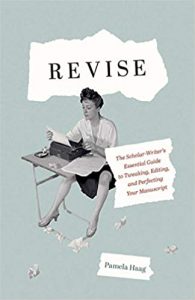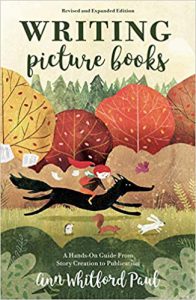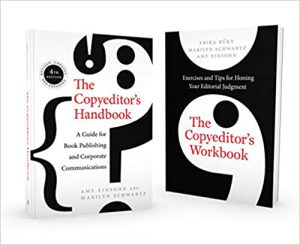Like many of us in the book community, I set a Goodreads goal at the start of each year. Sometimes those goals end up being overly optimistic and impossible to reach (how much free time did I think I would have when I set it at 350 in 2021?) and other years I achieve my goal by June. But every year, a smaller goal is embedded within that larger one: read more books that help me professionally and hone my writing skills. For those looking to do the same, I’ve compiled a short list of some of my favorites and hopefully at least one will end up on your 2023 to be read (or tbr if you’re on bookstagram or booktok) stack!
WRITING:
Story Trumps Structure, Steven James
Have you ever felt at loose ends because your story’s structure didn’t fit the “rules” you were taught in school? Steven James explains that the three-act structure and those percentage markers so many of us learned shouldn’t hold us back (or even be followed). Inspiring and clearly written, James directs the reader/writer to focus on what matters in order to write a compelling story.
Revise, Pamela Haag
While the subtitle indicates this is aimed at those in scholarly or academic fields, the advice can be applied to any form of writing. Haag’s accessible style is insightful and at times humorous and she provides multiple examples to demonstrate how to apply her advice.
Writing Picture Books, Ann Whitford Paul
There is a common misconception that children’s books must be easier to write since they have a much shorter word count compared to books intended for older audiences. However, as the author explains, every word must serve a purpose and be carefully selected. Sections covering illustrations and publishing supplement the writing and plotting advice, making this a one-stop resource for those interested in writing stories for younger readers.
EDITING:
The Copyeditor’s Handbook and Workbook, Amy Einsohn
Thorough and practical, this set is an excellent reference for those looking to refresh their knowledge base or take the leap into copyediting. The updated version takes our tech-heavy world into consideration and addresses many of the changes in editing that come with it.
The American Heritage Dictionary of Idioms, Christine Ammer
I know I’m not the only one who has misused an idiom in the past (usually from hearing it said a certain way only to learn years later it was incorrect). The etymology and correct phrasing of various words and phrases are included in this information-rich guide, making it a valuable resource for anyone who is part of the writing community.
An Editor’s Guide to Working with Authors, Barbara Sjoholm
Prior to beginning life as an editor, one might think experience in publishing and familiarity with at least one major style guide is enough to get started. This guide walks editors through the human aspect of the profession and offers templates and examples for everything from an editorial letter to querying potential clients. The author also touches on some trickier issues, such as respectfully setting and maintaining boundaries.

